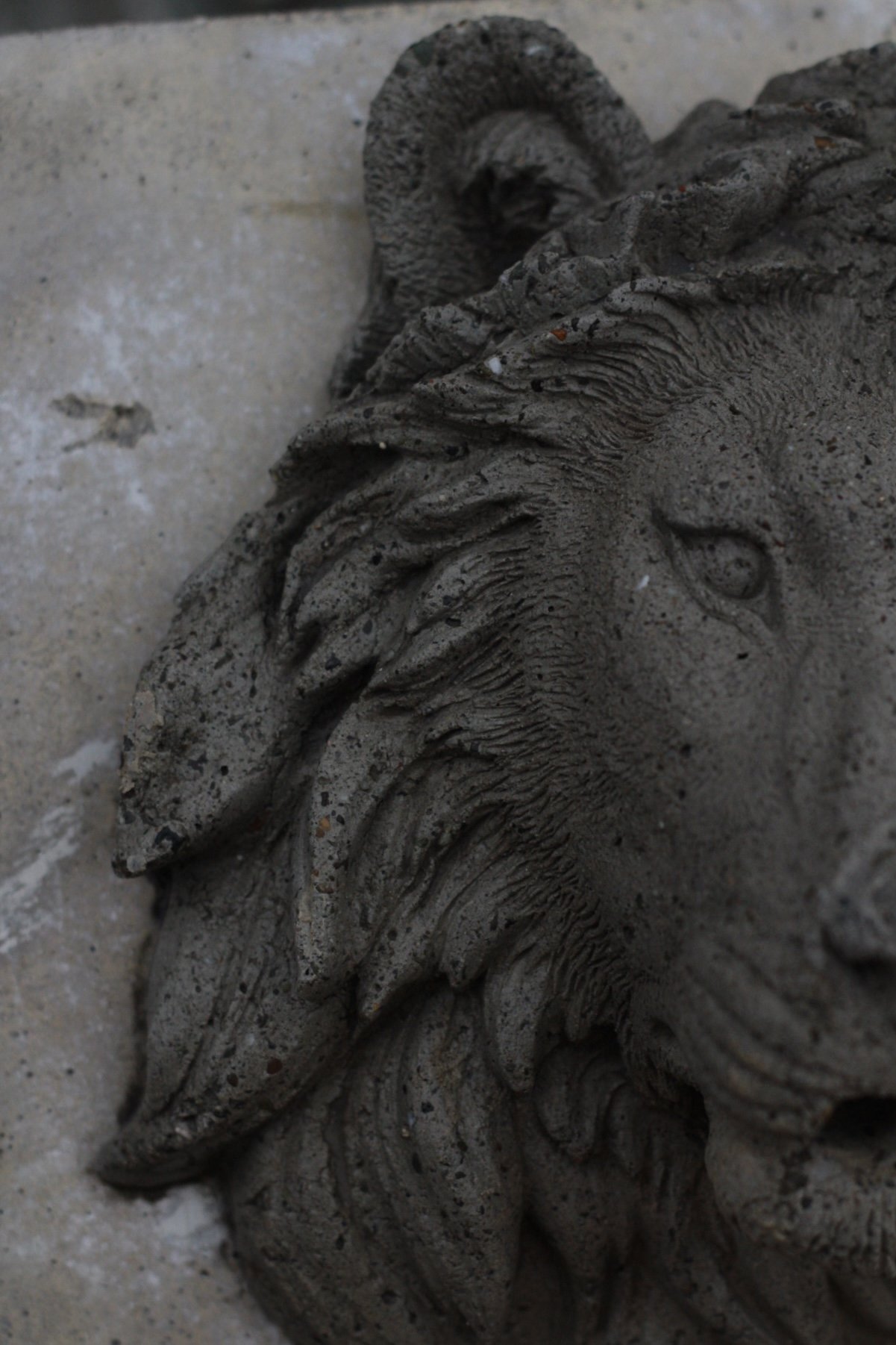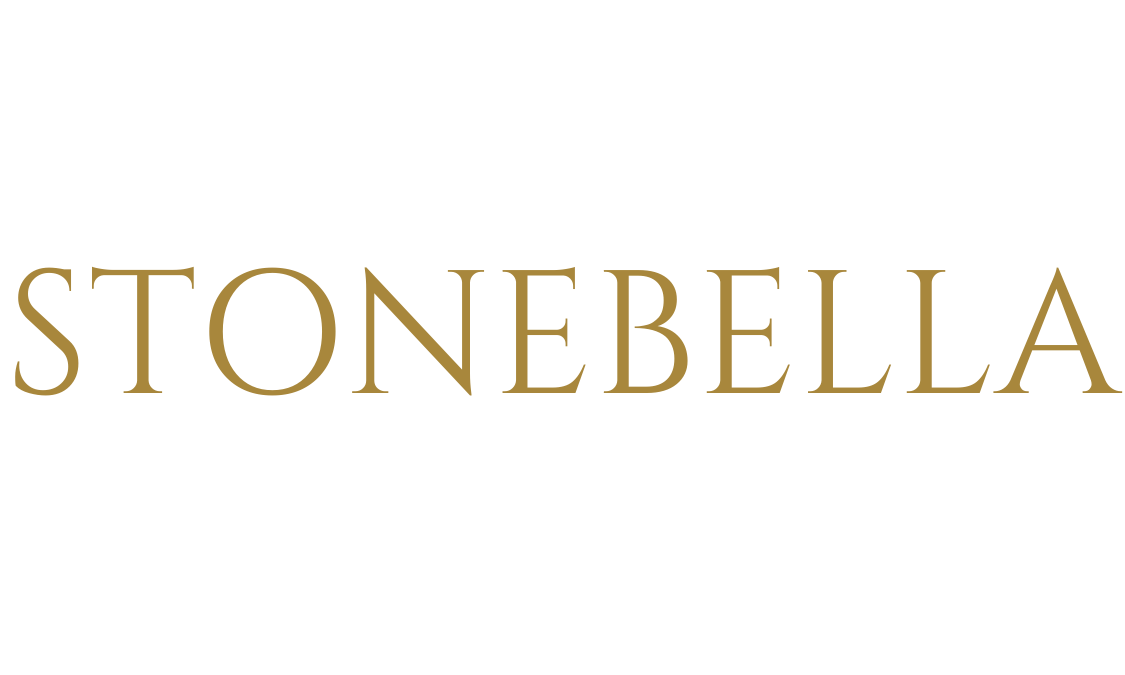
Cast Stone
noun
1) a concrete with a fine aggregate, used to imitate natural stone.
2) building trades a building component, such as a block or lintel, made from cast concrete with a facing that resembles natural stone
Why would you want cast stone?
With our cast stone products you open up the availability for extensive customization, from size, texture, and color. Cast stone is also lighter than natural stone, which makes it more economical for shipping and easier on those installing the cast stone pieces and requires less man power when doing so. But don’t let its lighter nature fool you about its durability, the durability of cast stone comes from less water absorption, resistance to freeze-thaw, and abrasion resistance. That's why it's often specified for use in construction projects by architects and contractors.
Timeline of Cast Stone
The earliest known use of Cast Stone dates about to the year 1138 and was seen at Carcassonne, France, the Cité which contains the finest remains of medieval fortification in Europe. cast Stone was used in medieval Europe to build fortresses.
Extensive use of cast stone began in the 1900’s through London and would gain major popularity in America in the 1920’s. Today, Cast Stone is a truly superior alternative to natural cut building stone. Combined with its ability to simulate or reproduce an almost limitless variety of natural stones, Cast Stone offers many advantages over cut stone.
One of the earliest developments in the industry was Coade stone, a fired ceramic form of stoneware. Today most artificial stone consists of fine Portland cement-based concrete placed to set in wooden, rubber-lined fiberglass or iron molds. At Stone Bella we use rubber mold set in secure wooden frames.








